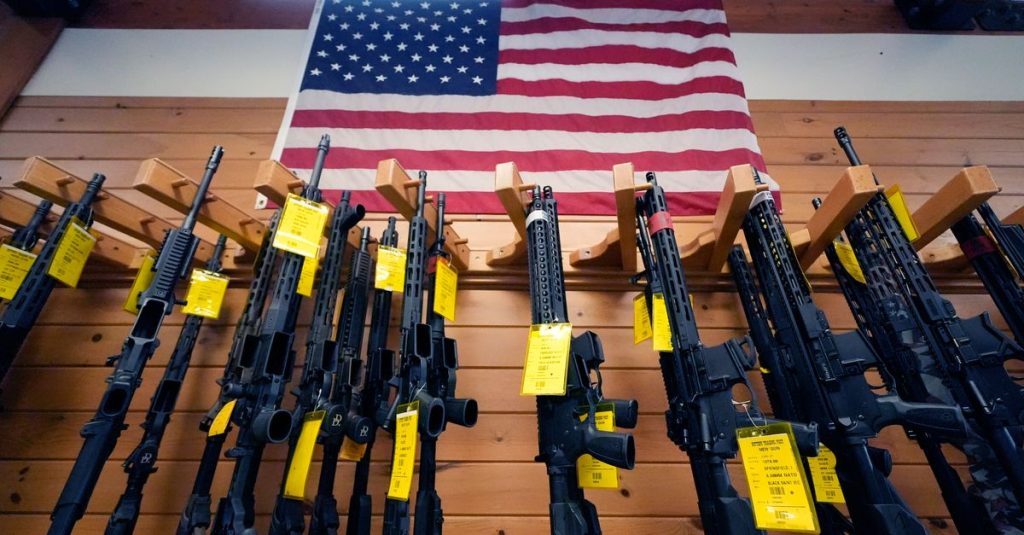In 2019, Justice Clarence Thomas issued a landmark reinterpretation of the Second Amendment, instructing lower courts to base the constitutionality of gun restrictions on historical firearm regulation dating back to the signing of the Bill of Rights. This shift favored opponents of assault weapons bans, leading to a reconsideration of several gun laws. However, two years later, the Supreme Court’s new standard in the case of New York State Rifle and Pistol Association v. Bruen did not result in the expected dismantling of assault weapons bans. A recent ruling by the 4th U.S. Circuit Court of Appeals upheld Maryland’s assault weapons ban, signaling a potential shift in the legal landscape.
While gun rights groups have long sought Second Amendment protections for semiautomatic rifles, the recent legal developments have not been as favorable as anticipated. The Supreme Court’s focus on revisiting age restrictions on handgun purchases and the possession of firearms by individuals with felony convictions has overshadowed the question of assault weapons bans. Even conservative justices, such as Harvie Wilkinson III and Frank Easterbrook, have upheld bans on assault rifles, highlighting the lack of urgency for the Supreme Court to intervene in the matter, especially since assault weapons bans are primarily a blue-state issue.
The evolution of Second Amendment rights has been a complex and ongoing process, with the Supreme Court gradually expanding individuals’ rights to bear arms. However, the recent Bruen ruling has not led to a sweeping protection of assault weapons. In fact, the 4th U.S. Circuit Court of Appeals ruled that assault rifles are not protected by the Second Amendment due to their disproportionate danger and lack of necessity for self-defense. Gun rights groups have contested this ruling, arguing that assault weapons bans infringe on constitutional rights, but the legal landscape continues to evolve.
Despite Justice Thomas’ influential stance on Second Amendment absolutism, recent court decisions have not aligned with his perspective. The Supreme Court’s varied opinions on gun-related cases, such as United States v. Rahimi, have highlighted a divergence in interpretations of the Second Amendment among the justices. While Thomas has expressed interest in clarifying the types of weapons protected by the Second Amendment, the court has not shown a clear direction on this issue. Second Amendment litigation is likely to continue in lower courts for the foreseeable future.
The future of assault weapons bans remains uncertain, with ongoing legal challenges and differing judicial opinions shaping the debate. While gun rights groups continue to push for nationwide protections for semiautomatic rifles, recent rulings have upheld state bans on assault weapons. The Supreme Court’s reluctance to intervene in these cases suggests that the issue may remain unresolved for some time. As lower courts grapple with the complexities of Second Amendment rights, the ultimate fate of assault weapons bans may depend on further legal developments and potential Supreme Court review in the future.


